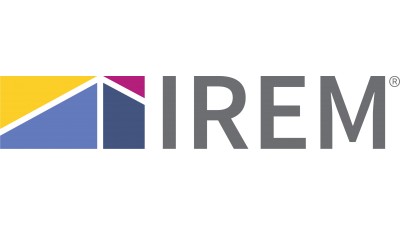Obstacles And Solutions To Building Energy Efficiency In 2017

A building's energy efficiency can be greatly affected by a property manager's approach, whether they take a short- or long-term view on returns and how energy-efficiency improvements are financed, according to a recent report from IREM.
In April 2016, IREM conducted its first IREM Energy Efficiency Survey. Respondents answered questions on building energy-efficiency practices and perceptions, including the role of the property manager, motivations to invest in energy-efficiency solutions and benchmarking practices. Much of the survey focuses on methods used to determine return on investment and how financial analysis facilitates or impedes building energy efficiency.
IREM recently published a report in collaboration with the Institute for Market Transformation — Building Performance That Pays: Insights from the First IREM Energy Efficiency Survey, which focuses on financial analysis of building energy efficiency. The report includes survey results and interviews with industry experts.
These are the major insights gleaned from the report.

The Role Of The Property Manager In Energy Efficiency
With their boots-on-the-ground perspective, property managers are in a unique position to help buildings make efficiency improvements. They also manage both maintenance and budgetary functions so can align energy and financial gains. Over 75% of survey respondents indicated either building managers or their engineering teams have primary responsibility for day-to-day energy performance. “Efficient operations is why I hire a professional property manager,” vice president of EPN Real Estate Services Nick Stolatis said in the report.
A Detrimental Focus On Simple Payback With Short Returns
Most owners and managers — 71.4% — use simple payback to determine whether energy-efficiency enhancements are worth considering. Shorter returns are preferable — most third-party managers indicated clients require one- to two-year returns, while the majority of portfolio owners said their companies require three- to four-year returns. The report argues this focus on simple payback, and the neglect of deeper financial analysis, impedes investment in energy efficiency.

Self-Financing Of Energy Efficiency Investments
A total of 69.7% of survey respondents said their companies used internal financing for energy-efficiency investments. Self-financing significantly surpasses the financing tools now available in the market, including Energy Service Agreements, utility on-bill financing and Property Assessed Clean Energy, or PACE. The report reviews the benefits of external financing, such as when internal capital funds earmarked for energy investments must be used for emergency situations.
Angela Aeschliman, senior vice president of property and asset management for The Missner Group, cites one scenario in the report: “[Y]ou have an unexpected vacancy and the money you had in reserve goes to leasing commissions or tenant improvements. You must keep the energy projects in the forefront, but it’s very difficult to do in the face of an emergency.”

Possible Solutions To Energy-Efficiency Barriers
The report presents possible solutions to energy-efficiency barriers — some may require changing longtime industry practices and could create controversy should the industry take them up for debate. For example, industry experts in the report discuss a larger recognition of energy efficiency’s role in the fiduciary duty of third-party real estate managers. This suggestion puts clear responsibility on property managers, to a wider degree than currently required, to consider energy efficiency when meeting asset investment goals.
The report suggests greater decision-making power for third-party managers to make energy-efficiency investments. Despite their responsibility for day-to-day energy performance, financial controls limit the ability of property managers to make these investments and achieve greater efficiency gains.
To read the report from this Bisnow content partner, click here.

